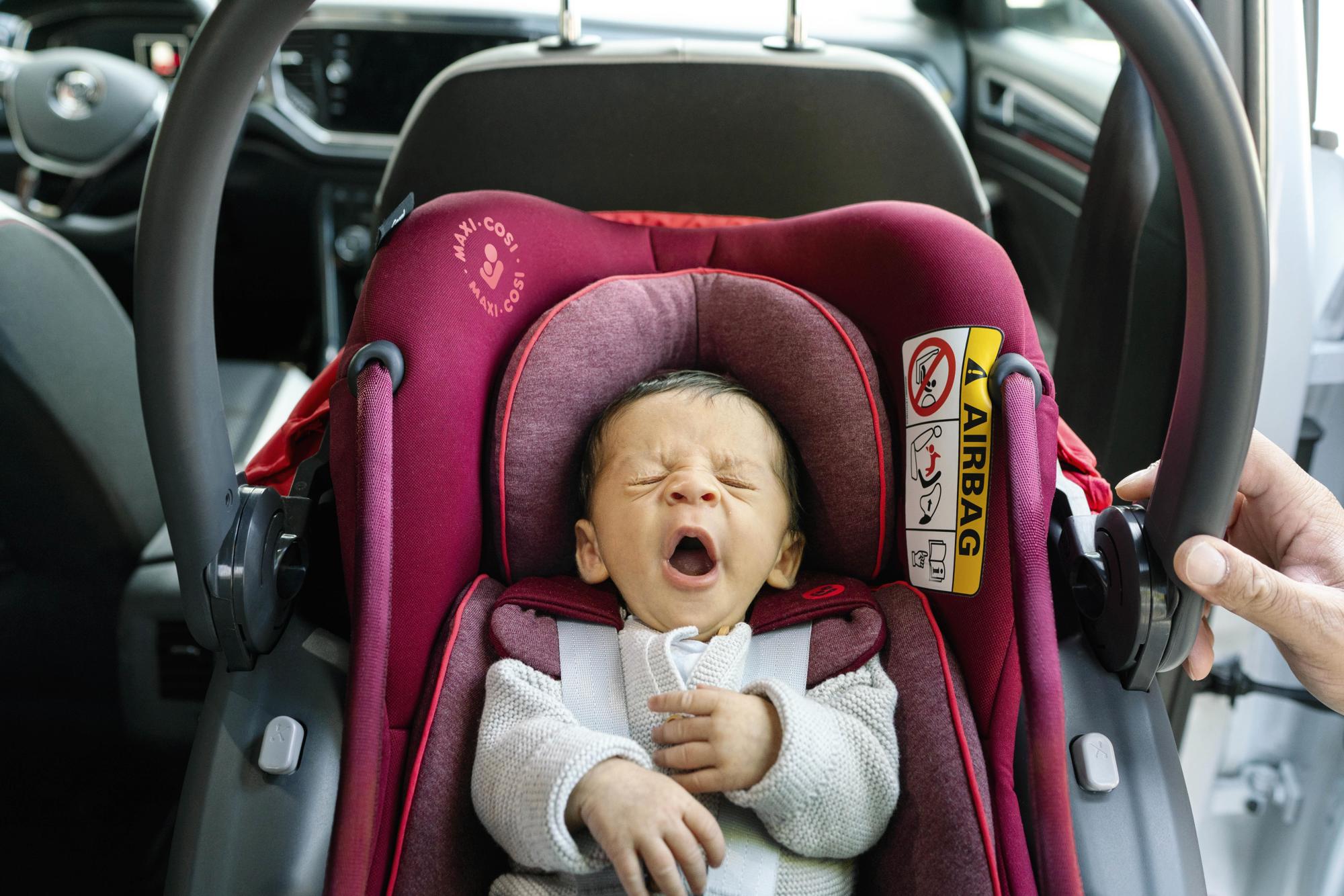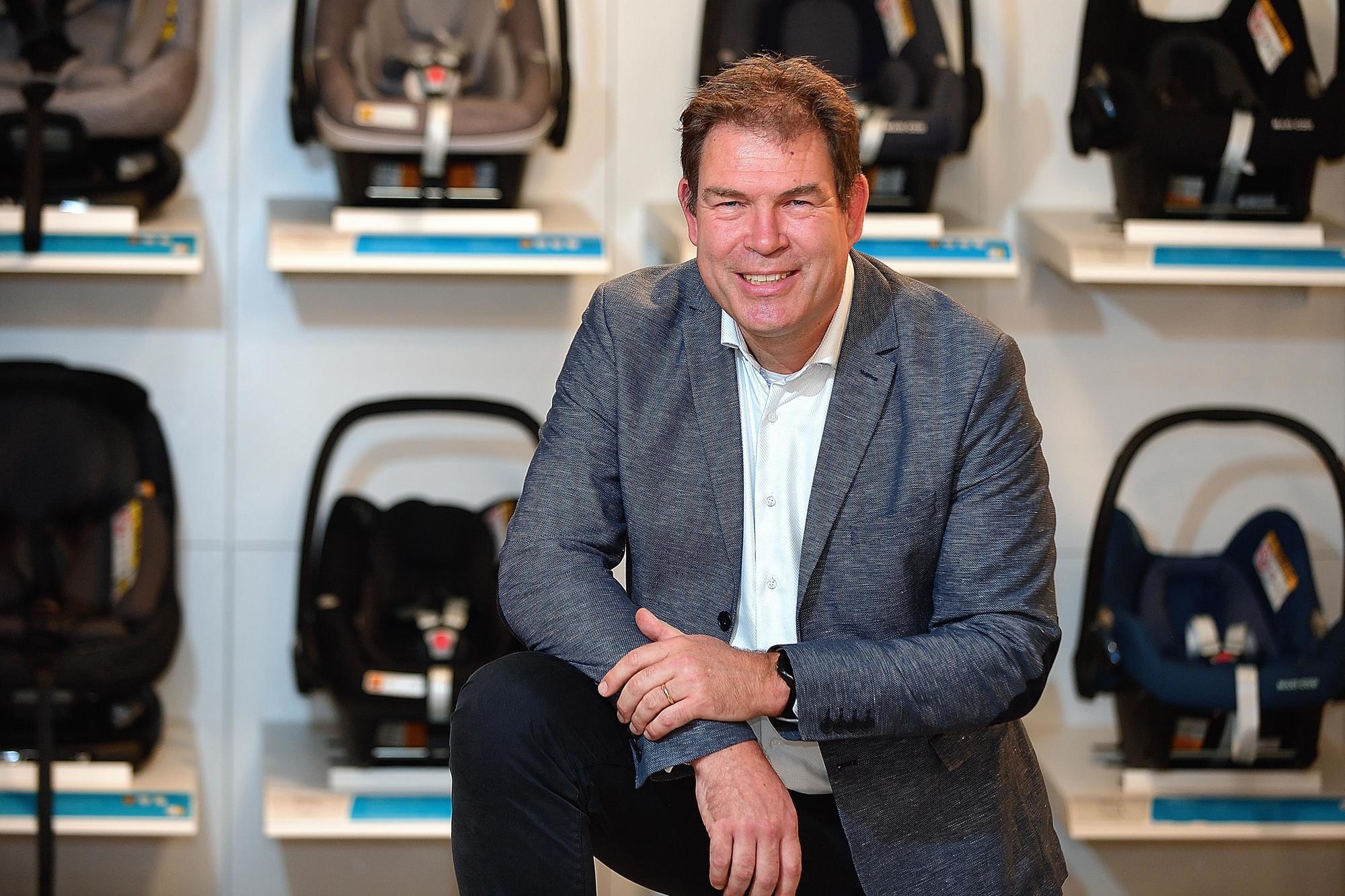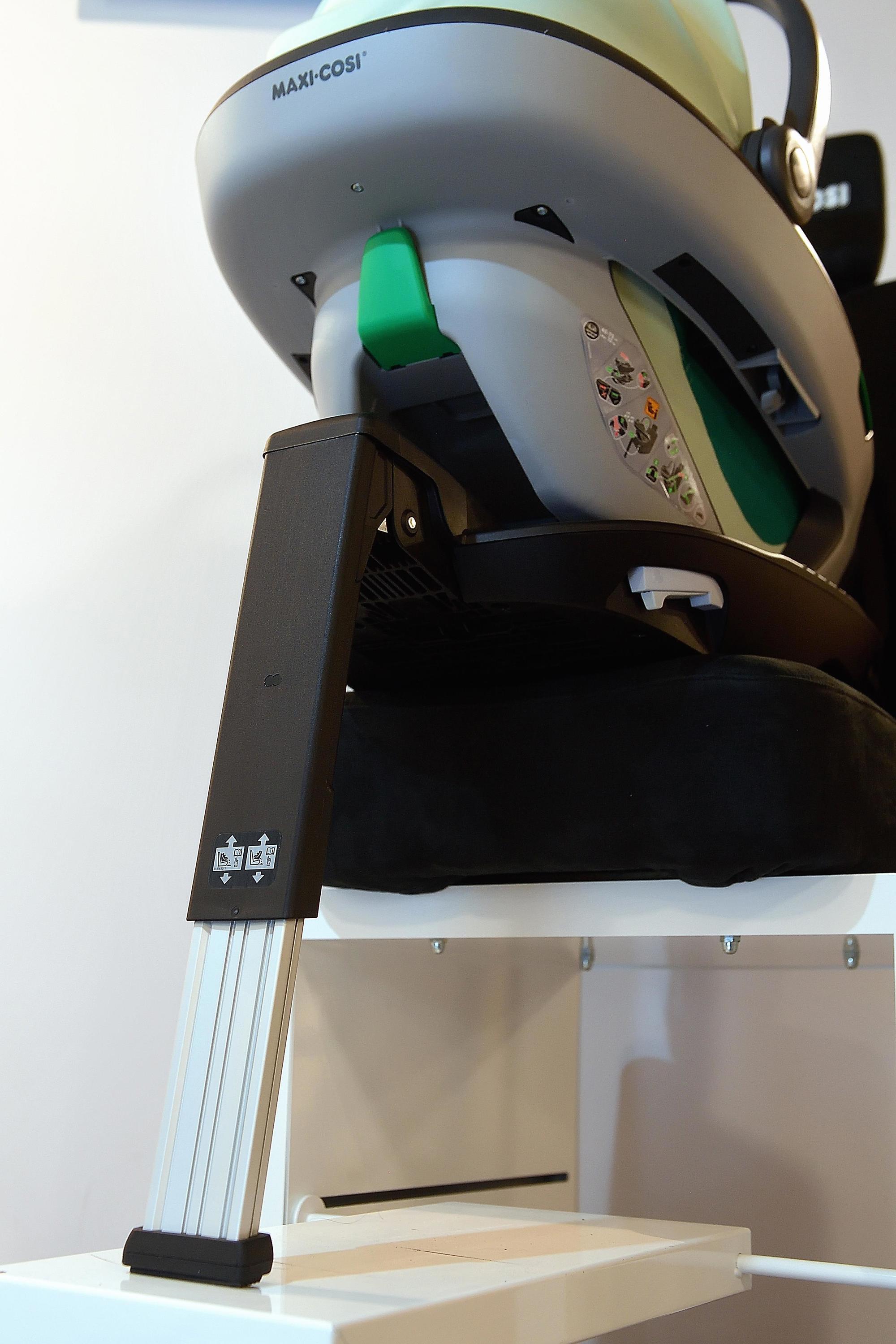Everyone who has children has heard of Maxi-Cosi. How a baby car seat from Brabant conquered the world.
His Maxi-Cosi had to become the Rolls-Royce of baby car seats. More than 35 years after the introduction of a revolutionary new product for transporting babies, we can safely say that Sjef van der Linden from Helmond has succeeded in achieving that objective. Since 1984, more than 50 million newborn babies have been transported home from hospital in a Maxi-Cosi.
There is a world of difference between the very first baby car seat and the company’s most recent innovation, the Maxi-Cosi Coral, which was presented to a global audience in November 2019. Just as Maxi Miliaan Import bv, the baby accessory importer where this story started in 1968, can no longer be compared to today’s international business, which sells its products in over 100 countries. But some things never change: the passion and pride of the workforce, the team spirit, the drive to improve and innovate time and time again.

Maxi Miliaan Import also sold child car seats, says Rita Claassen, who has been with the company from the very beginning. These products were made by Storchenmühle in Germany and were only suitable for children who could already sit upright. Car seats for babies had not yet been invented at that time. Babies were transported in carrycots, heavy to carry and totally unsafe in a car.
When Sjef van der Linden stumbled upon a baby car seat in America in 1977, he immediately understood the marketing opportunity it represented. But he also realised that this small plastic bucket seat with a steel frame would not be suitable for the Dutch market in its current form. Not only because it looked ugly and cheap, but above all because it would not pass the strict tests performed by TNO, the Dutch technical testing organisation. He took the seat back to Helmond and started to modify it.
It took Sjef and his team seven years to get the coveted TNO seal of approval. Irrefutable proof that their Maxi-Cosi design was completely safe. Seven years of crash testing and a seemingly endless series of modifications. The introduction of legislation that made it possible for babies to be carried in the back seat and front passenger seat, provided they were secured in an approved baby car seat, also took seven years.
“It took a while to catch on, even our existing customers were tentative at first”, Rita recalls. “Babies have to lie down” - that was what everybody believed. We researched the subject extensively with paediatricians: how long can babies be left in this position? But once TNO had proved that this was the best way of transporting babies safely, demand rocketed.” The TNO crash test films that Sjef enthusiastically distributed were very helpful in convincing people to buy his products. The first film depicts a doll lying in a carrycot in the back of the car (which flies in all directions), in the second film the doll sits safely in a Maxi-Cosi in the front seat. The first batch of 5000 seats sold out within four months.
In the years that followed, Sjef successfully exported his baby car seat to Germany, England, Belgium and France. In 1993, Maxi-Cosi had established itself as the market leader in Germany and the Benelux, and delivered its products to 22 different countries. One year later, Maxi Miliaan bv was acquired by a Canadian company called Dorel Juvenile. For Sjef, who had no children who wanted to take over the business, the only way to guarantee the continuity of his company (in line with his plans) was to channel all his energy into selling.
Dorel also grew fast. The Maxi-Cosi range expanded to include car seats for toddlers and children in nursery school (known as group 1 and group 2/3 seats). And further acquisitions also followed: Quinny, Safety 1st, Bébé Confort and others. “Dorel currently has 11 brands and also produces prams, high chairs, cots and toys at 5 factories located in various parts of the world”, says Site Director Ingmar van den Berg.
“But we are strongest in the child car seat product group, where Maxi-Cosi is our leading brand.” Dorel decided to locate its European headquarters in Helmond not only because the majority of Maxi-Cosi products are developed and produced here, but also because of its central location in North-West Europe and the fact that the company's signature product has its roots in Brabant.
Ingmar: “In this age of globalisation, we need to plan our future and coordinate our growth strategies from a single central site.” More than 20 different nationalities already work in Helmond. “You hear a variety of languages as you walk through the building here. Including ‘Brabants’, the local dialect, as half of our 260-strong workforce still originate from Helmond.”

Baby car seats have become safer, more comfortable and easier to use as the years have passed. And Dorel has always been at the forefront of development, continuously setting the new standard for international markets. The introduction of ISOFIX, a system that connects the seat to the chassis of the car and puts an end to fiddly and potentially dangerous attachment using the car's seat belts, was a major breakthrough. You now click the seat onto a base, so it is always securely fastened.
The seats have become even safer thanks to i-Size, a European directive on the safety of baby car seats to which Dorel contributed. The i-Size seats (such as the Maxi-Cosi Pebble Pro) protect the baby more effectively against side impacts. “The Pebble sets the new standard for the entire baby car seat industry”, says Product Director Rens Joosten. “But leaning back complacently is not how we do things. We were the first to launch a baby car seat on the market. So we felt obliged to be the first to overcome the next challenge: how do you make the seat lighter?” That was something parents complained about: all the safety modifications had made the Maxi-Cosi quite heavy.
The way Dorel in Helmond responded to this challenge is typical of the company. It is the Sjef van der Linden approach. Listen attentively to your customers and collaborate with others. Extensive user research had provided a clear picture of how, when and how long parents carry their baby in the Maxi-Cosi - essential input for an ergonomically sound product. And that research also uncovered a further need. Parents want to keep their child as close to them as possible. The result is the first modular baby car seat. The brand new Maxi-Cosi Coral consists of 2 parts: a ‘safety shell’ that can be left in the car and a light basket so that you can carry the baby with you. It may sound simple, but the development process was extremely tough. Because Maxi-Cosi never compromises on safety. Rens: “The recipe for success in the face of these challenges? We never give up. We are always open to new ideas, never afraid to take risks and try things out: we just roll up our sleeves and get to work. Our collaboration with a variety of partners also helps: two (or more) heads are better than one when you want to create revolutionary new products.”
Dorel has again set a new standard with the Maxi-Cosi Coral. Rita and Ingmar look forward to launching this innovative product on the market. In tribute to Sjef van der Linden, the commercial roll-out will follow the path taken by his very first Maxi-Cosi: the Netherlands first, then Germany, England, Belgium and France, followed by the rest of the world. Rens and his team are already working on the next project: “We have solved this problem. Now for the next challenge.”

In 1978 Maxi Miliaan bv designed a robust wooden high chair. Sjef van der Linden contracted its production to the local sheltered workshop, Helso. This bold move made him a forerunner in social enterprise. Maxi-Cosi still collaborates with this workshop, which is now called Senzer. Every day, around 450 people with limited prospects on the labour market work proudly to assemble Maxi-Cosi's baby and child car seats.
You can copy the full text of this story for free at the touch of a button